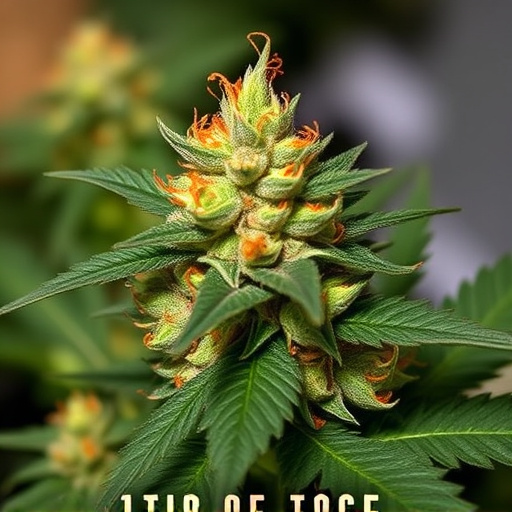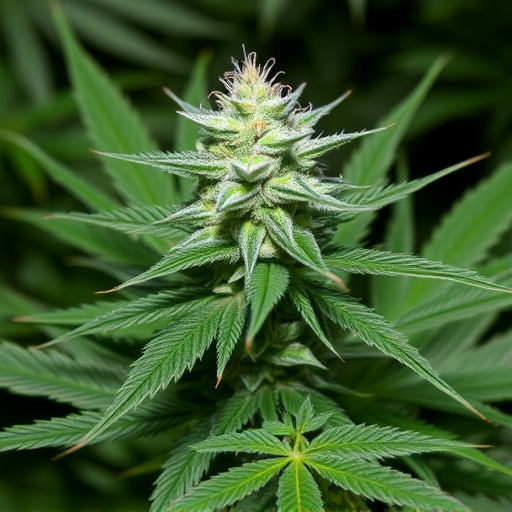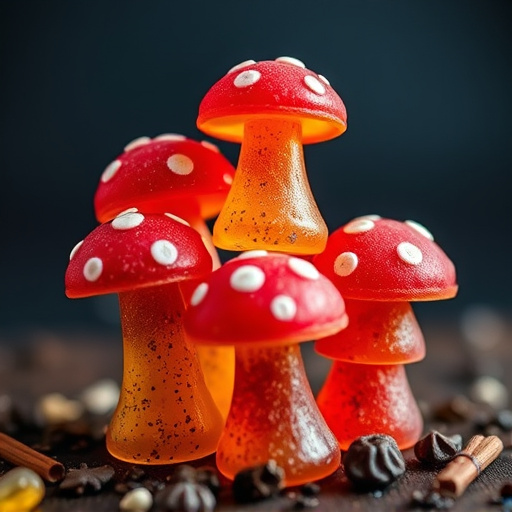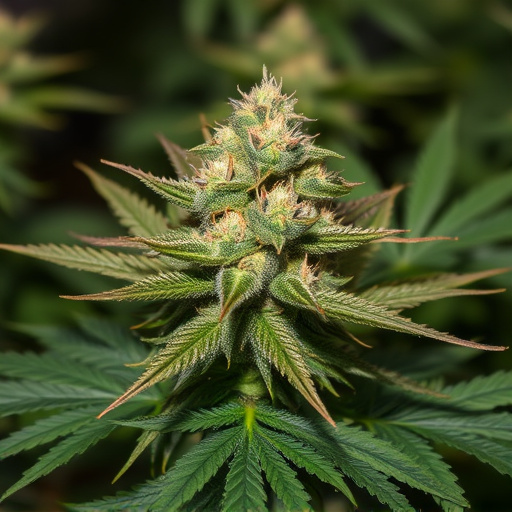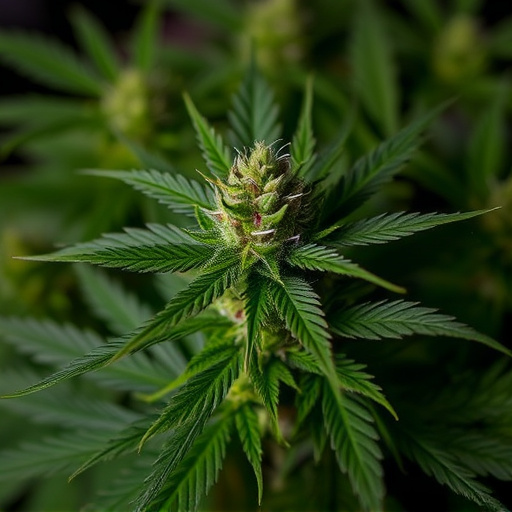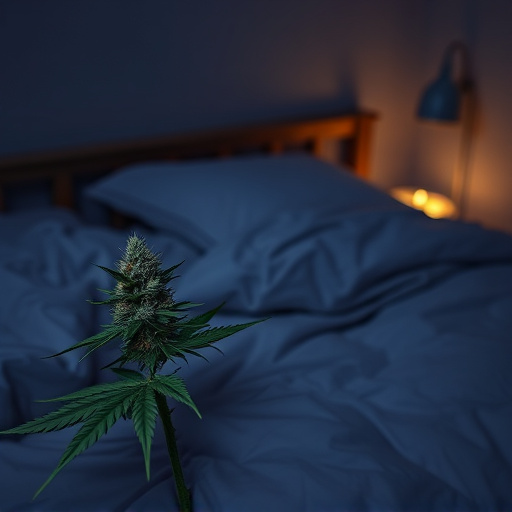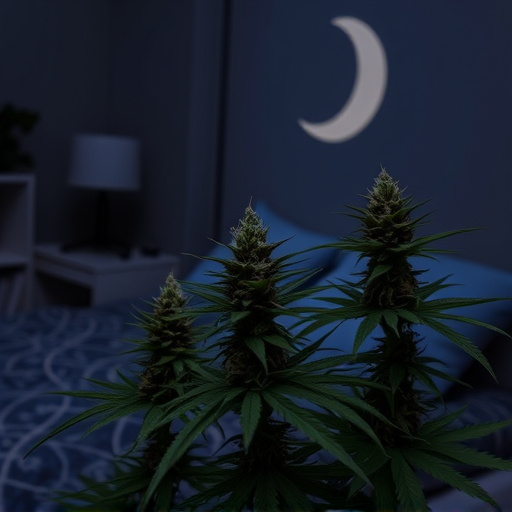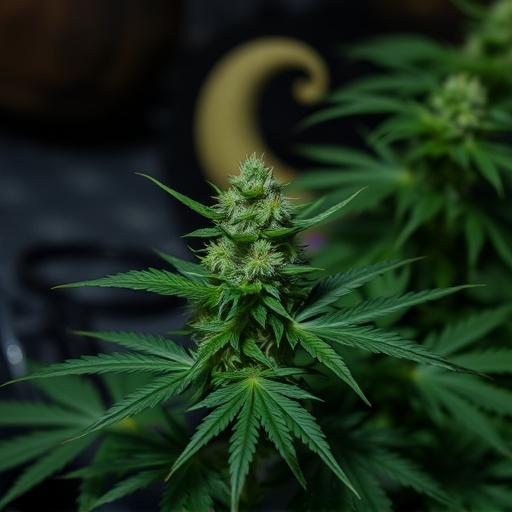Cannabis offers therapeutic benefits for sleep disorders like insomnia, with specific strains high in CBD or a combination of THC and CBD being effective due to their relaxing properties. For swift relief, sublingual oils or edibles (after decarboxylation) are recommended, while incorporating cannabinoids into cooking provides creative solutions through sedative strains like Indica or hybrids. It's crucial to start with low doses and experiment to find the ideal strain for individual needs.
Unwind and embrace the art of culinary cannabis cooking with our guide on the best ways to infuse this natural remedy into your meals. Understanding cannabis strains is key, especially those known for their calming effects on insomnia. We’ll explore effective methods to incorporate cannabinoids into your kitchen routine, offering creative tips and insights for a restful night’s sleep. Discover how to choose the right strain and technique to tailor your culinary experience to your needs.
- Understanding Cannabis Strains for Insomnia and Their Effects
- Choosing the Right Method to Infuse Cannabis into Food
- Creative Ways to Incorporate Cannabinoids into Your Cooking Routine
Understanding Cannabis Strains for Insomnia and Their Effects
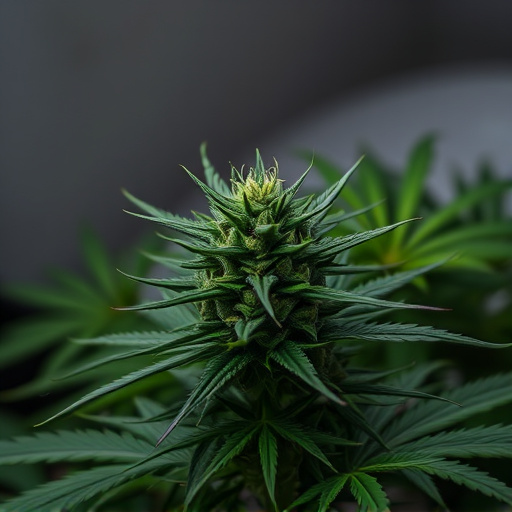
Cannabis has long been used for its therapeutic properties, including its ability to alleviate sleep disorders like insomnia. When considering cannabis strains for insomnia, it’s crucial to understand that different strains have distinct effects due to their unique chemical compositions, primarily the levels of THC (tetrahydrocannabinol) and CBD (cannabidiol). High CBD strains are often preferred for insomnia because they tend to induce relaxation without the potent psychoactive effects associated with high THC.
Specific cannabis strains for insomnia may include those known for their calming and sedative properties, such as Granddaddy Purple or Blue Dream. These strains can help promote a sense of tranquility and ease into sleep. However, it’s important to note that individual responses to cannabis can vary, and what works for one person might not work for another. Therefore, when experimenting with cannabis strains for insomnia, it’s advisable to start with low doses and gradually increase until finding the right balance for your needs.
Choosing the Right Method to Infuse Cannabis into Food

Choosing the right method to infuse cannabis into food is essential, especially when aiming to alleviate conditions like insomnia. Different methods offer varying levels of efficacy and efficiency in extracting and delivering cannabinoids like THC and CBD. For those looking to incorporate cannabis strains known for their sedative properties to help with insomnia, sublingual administration via oils or tinctures has proven effective. This method allows for a quicker onset of action as the substance is absorbed directly into the bloodstream.
However, if you prefer edible options, decarboxylation is a crucial step before infusing cannabis into food. Decarboxylating activates the cannabinoids, enhancing their bioavailability. You can achieve this by heating cannabis flowers or concentrates at low temperatures for an extended period. Once decarboxylated, cannabis can be infused into various food items like butter, oils, or even chocolate, providing a more subtle yet effective way to manage insomnia symptoms through dietary means.
Creative Ways to Incorporate Cannabinoids into Your Cooking Routine

Incorporating cannabinoids into your cooking routine can be a delightful and therapeutic experience, offering unique flavors while potentially providing relief from various ailments, including sleep disorders like insomnia. One creative approach is to experiment with different cannabis strains known for their sedative properties, such as Indica or hybrid varieties rich in THC and CBD. Infusing these strains into edible recipes allows you to harness the benefits of cannabinoids without the potent effects of smoking.
For instance, try adding decarboxylated cannabis buds or extracts to your favorite baked goods like brownies or cookies, infusing them with a subtle yet effective kick. Alternatively, incorporate cannabis-infused oils or butter into savory dishes like pasta sauces or even mashed potatoes for a comforting meal that may promote better sleep. With these innovative methods, you can transform your culinary creations into relaxing treats, catering to both your taste buds and potential insomnia relief.
When exploring how to infuse cannabis into food, understanding the specific strains best suited for treating insomnia is key. These strains, with their unique THC and CBD profiles, can significantly enhance sleep quality when incorporated into your culinary creations. By choosing the right method – whether it’s decarboxylation or submerging in oil – you can unlock the therapeutic benefits of cannabinoids, offering a natural, alternative approach to improving sleep. Creative cooking techniques allow for delicious, edible remedies that may provide much-needed relief for insomnia sufferers.
